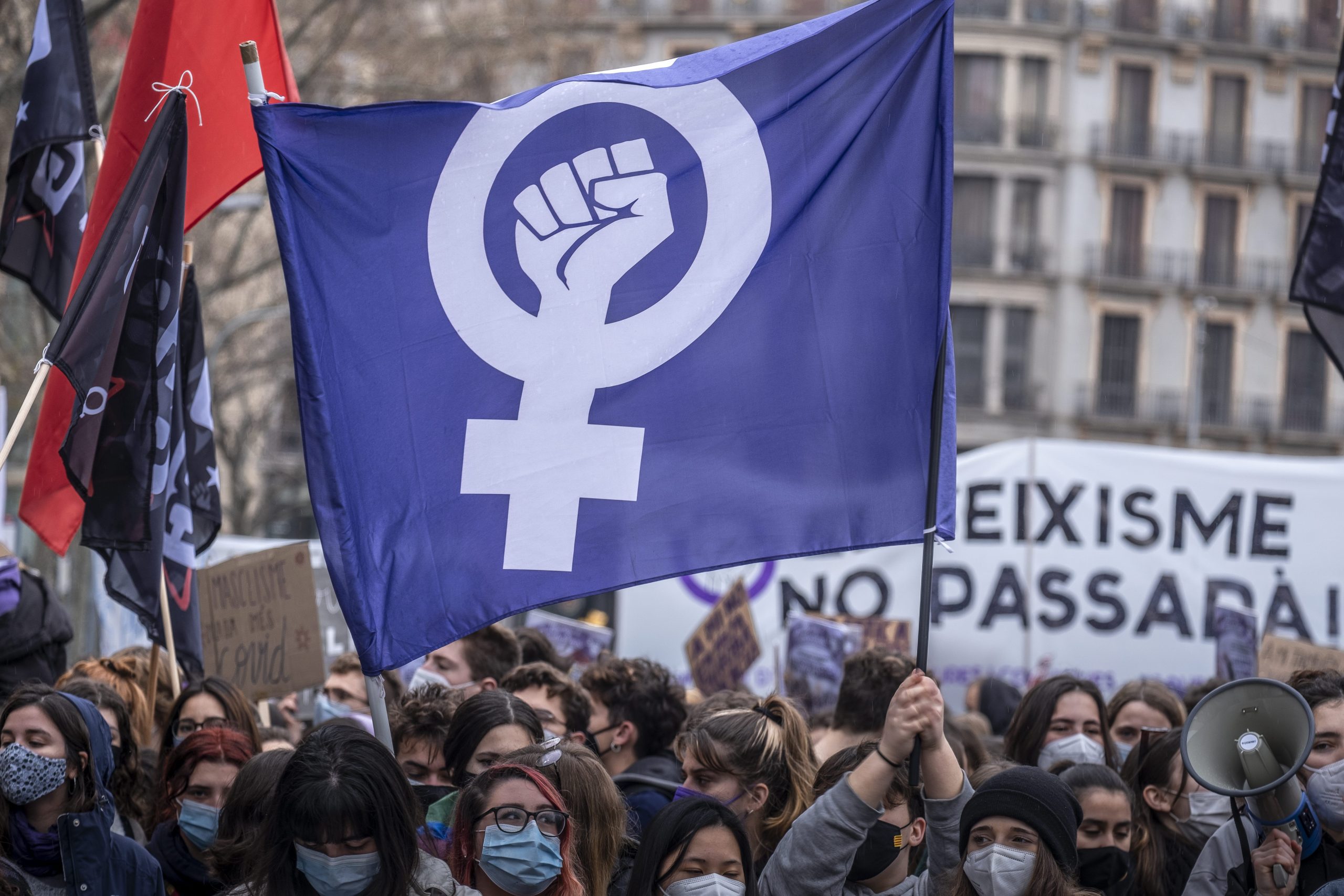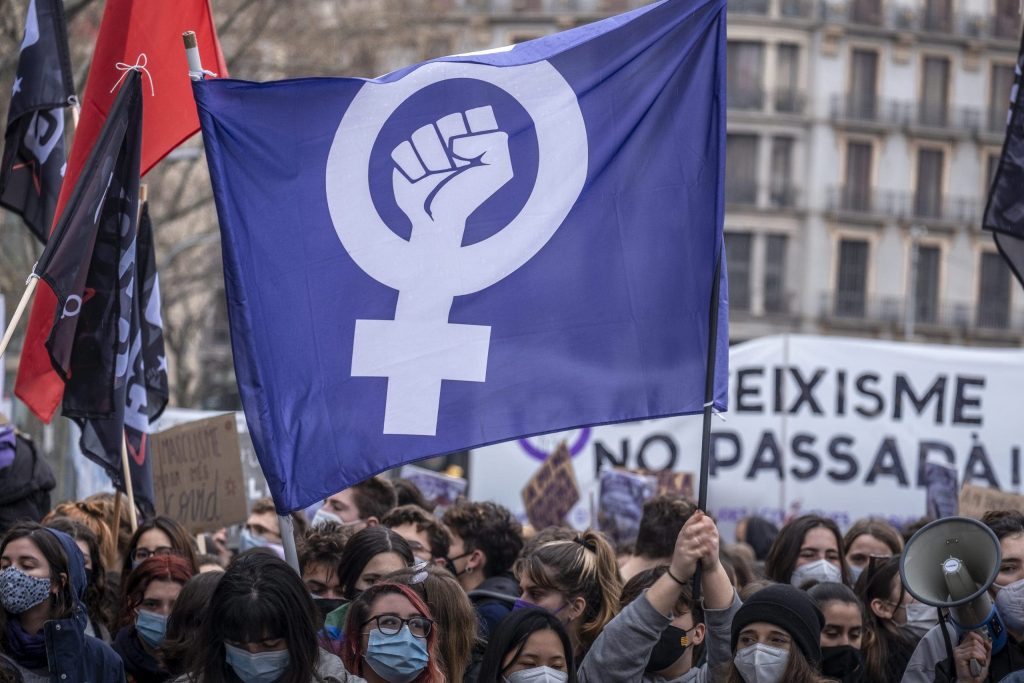
The media in 2023 continues to under represent and misportray women.
‘Pedro Sanchez’s wife denounces talk show host’ was the headline of various mainstream papers across Spain on March 1. The story was about Begoña Gomez, Sanchez’s wife, denouncing the TV host, Pilar Baselga, for spreading a hate campaign about her. Gomez’s name was painstakingly absent from many of the headlines and instead she was relegated to the role of ‘wife’ despite herself co-directing a Master’s course at Madrid’s Compultense University.
That a woman, who is the centre of a news story, has her name invisibilized is an example of one type of bias that remains commonplace within the media. A new study looks into the current state of affairs for how women are portrayed in the media and the findings are gloomy.
The report, Women without a name, carried out by Spanish global communications firm, Llorrente & Cuenca (LLYC), studied 12 countries (Argentina, Brazil, Chile, Colombia, Dominican Republic, Ecuador, Mexico, Panama, Peru, Portugal, Spain and the United States) and a total of 14 million articles published within the last year to gauge the presence of women in the news.
The study reveals that there are 250% more news stories about men than about women and the latter features 21% less in the headlines. Moreover, when women do appear in articles there is often an explicit mention of her gender and family. Sectors in which the gap is more evident are economy, politics, technology, and sport.
Some key findings from the research expose the way in which headlines revolving around women often focus more on her gender and use her name as secondary information. While this may seem like a mere case of semantics, it reveals a bias which makes women invisible and anonymous.
The study found nine key areas to focus on to improve the visibility of women within the media as an accelerator for equality:
1. Women are underrepresented: despite improvements in coverage of women in the media, 2.5 times more stories were published about men than women in the last year.
2. Women are anonymised: the names of women appear 21% less in headlines than their male counterparts. In sectors such as sport, science, leadership and cinema the discrepancy is even greater at 40%. An example would be; ‘A woman could be the new president of the United States’ rather than ‘Kamala Harris is a strong candidate for president of the United States’.
3. Focus on gender: explicit mention of gender is 2.3 times more frequent in the case of women than men. This places women in an anecdotal and inferior role.
4. Men have more by-lines than women: men occupy 50% more by-lines than women. Sections where women have the most by-lines, at around 45% of the total, are within culture, events, health and society while men dominate topics about economics, politics, technology and sport.
5. Women are tied to their families: the news is obsessed with the families of women. Stories about women have 36% more explicit mention of their family, relegating them to the archaic notion that their primary role in society is to be a wife or mother. The figures become strikingly more polarising when 366% more stories about female-run companies mention their family compared to those run by men.
6. It’s all about the looks: more emphasis is placed on women’s fashion and image than men. 1 out of 25 news stories focus on women’s appearance, 20% more than those about men.
7. Victims take the limelight rather than aggressors: women are mentioned three times more often than men when talking about gender violence and two times more in situations of harassment. In headlines relating to violence, the term woman is 20% more likely to be mentioned than the term ‘man’. Victims’ names are also exposed more frequently than the aggressor’s name which is often obscured by an alias.
8. Sport remains a male playground: only 5% of sporting articles mention women. Football in particular is perceived as 95% masculine.
9. Women must be superwomen: the media is obsessed with the woman that can do everything, a success story and exceptional role model. News stories about female politicians focus 50% more on their successes and underplay their mistakes compared to male leaders. The problem? It aggravates imposter syndrome for those women that plan to have greater exposure.
The extensive research carried out by LLYC exposes the deep-rooted bias that continues to exist in the media in terms of gender. As the gap closes, the finer details become more relevant and language used to describe women comes into the forefront.

